Become a JRE-Inside+ member and enjoy exclusive benefits, inspiring interviews, recipes & articles, event infos and more.
- Always up to date with our world of fine dining
- Receive invites to exclusive events
- Get to know our Chefs through interviews and recipes
This article is for JRE-Inside+ members only
Go JRE-Inside+Edwin Soumang travels to discover new flavours - ON CULINARY ADVENTURE IN JORDANIA
A new adventure for Edwin Soumang, chef and owner of Restaurant ONE. Travelling to gain experiences and discover the flavours of a country and its culture. Doesn't that sound like a dream? A few of Edwin's earlier culinary journeys took him to Armenia and Greece, which were featured in Navenant. Now, we join him in Jordan, and you are our fellow traveler! TEXT & PHOTOS: JOSEFIEN BOUW
"YOU ONLY REALLY GET TO KNOW A COUNTRY WHEN YOU TASTE ITS FOOD!"
First, a bit about the country. When you think of Jordan, you quickly think of hummus, baba ganoush, fattoush, and delicious flat pita bread to dip, all served in the middle of the table for a cozy shared meal. But the country is much more than that and has a rich history and fascinating story, especially when it comes to food.
What you might not know, for example, is that Jordan is part of the so-called 'Fertile Crescent,' a region in the Middle East where agriculture began around 8,500 BC, and where hunters and gatherers were the first to transition to farming and livestock raising. This is not entirely surprising, given the fertile soil and favorable climate. Jordan's location, at the crossroads of Asia, Africa, and Europe, also plays a key role in shaping its eclectic food culture, with a rich diversity of ingredients and spices from all directions.
Jordanian cuisine has its origins in Levantine cuisine. The Levant refers to the region along the eastern coast of the Mediterranean, between Turkey and Egypt. This area includes the present-day countries of Israel, Syria, Jordan, Lebanon, Cyprus, and part of southern Turkey, all of which continue to share a largely common cuisine to this day.
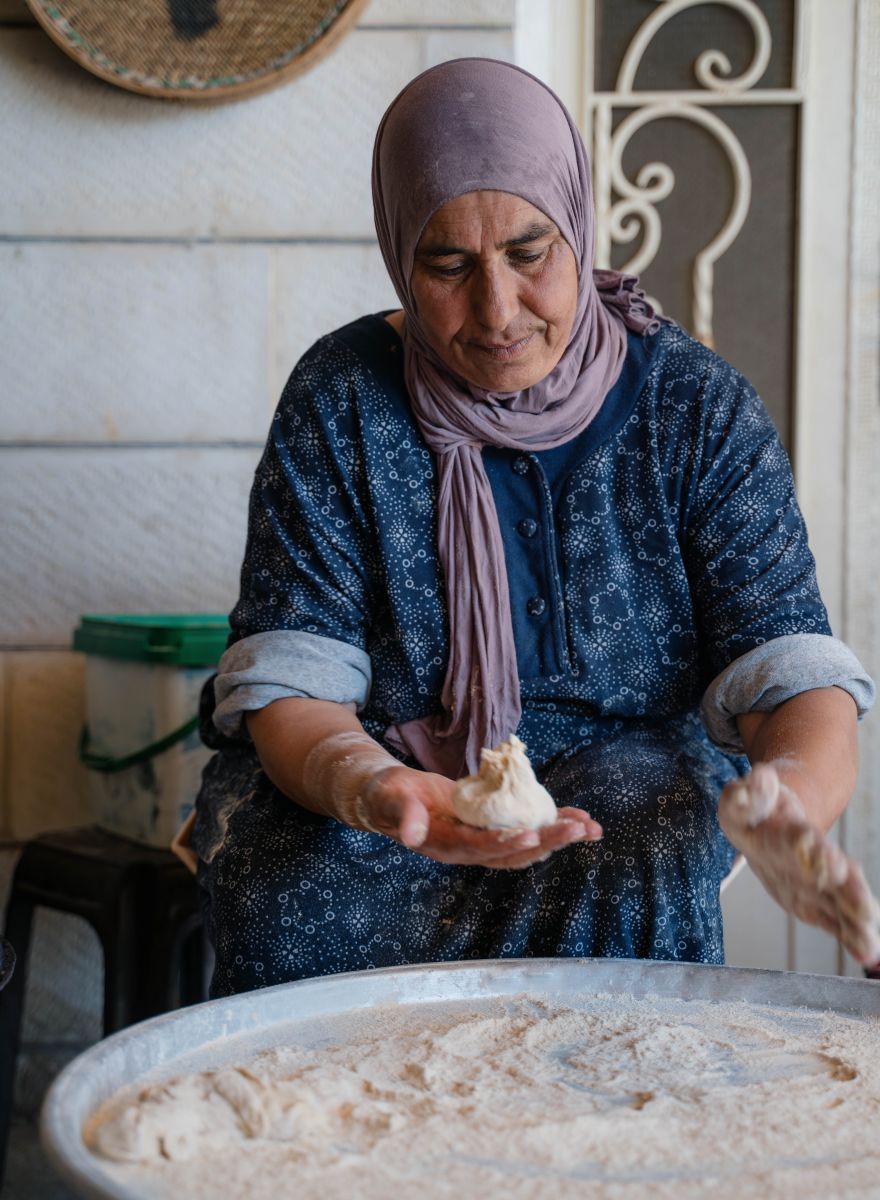
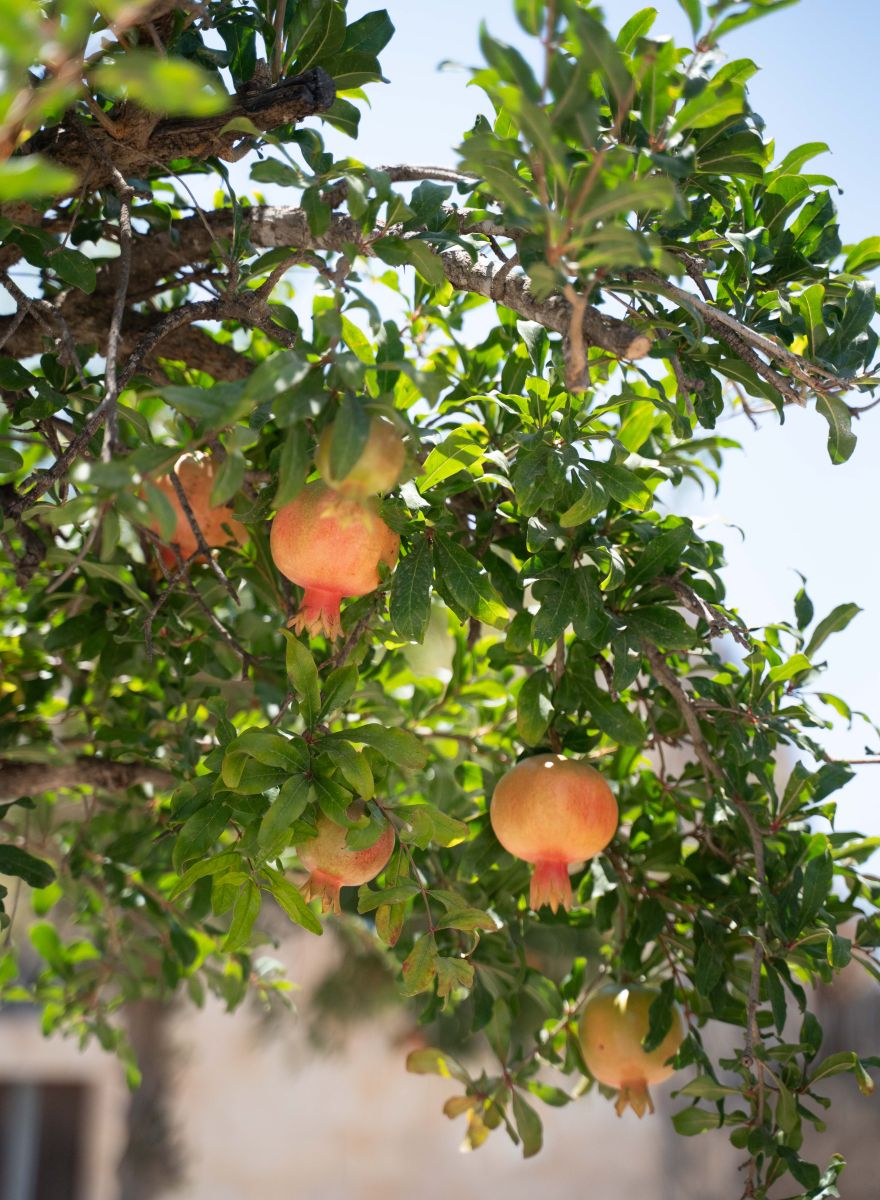
JORDAN CUISINE IS MAINLY A BEAUTIFUL REFLECTION OF THE HARVEST OF THE MOMENT
What the Levantine cuisine is most known for are the mezze, a variety of small dishes that are enjoyed together as a delightful meal. What’s characteristic of these dishes is that they are quite similar to each other, but each region adds a few secret ingredients here and there that give them their own unique touch.
Today, Jordanian cuisine is primarily a beautiful reflection of the harvest of the moment, with ingredients like freshly harvested figs, pomegranates, dates, grapes, citrus fruits, okra, eggplant, mushrooms, honey, melon, artichokes, wild plants, herbs, and berries. As a result, a new generation of talented chefs, farmers, and producers is working to modernize Jordanian cuisine in a sustainable way, ensuring its heritage is preserved while embracing new approaches.
Okay, back to Edwin's journey and adventure. The travel report. The invitation in his inbox this time came from the From Farm to Fork in Jordan project, founded by Nico Dingemans in collaboration with Visit Jordan. The goal of the project is to bring food lovers and sustainable travelers to Jordan and put the country on the map gastronomically. Nico's vision: "You only really get to know a country when you taste its food!" To highlight Jordan and its culinary heritage, he brought together 24 ingredients, 24 farmers, 24 chefs, and 48 dishes across 12 different Jordanian governorates. And Edwin was one of the chefs invited to take part, offering a glimpse of Jordan through his eyes, with a few memorable stops along the way.
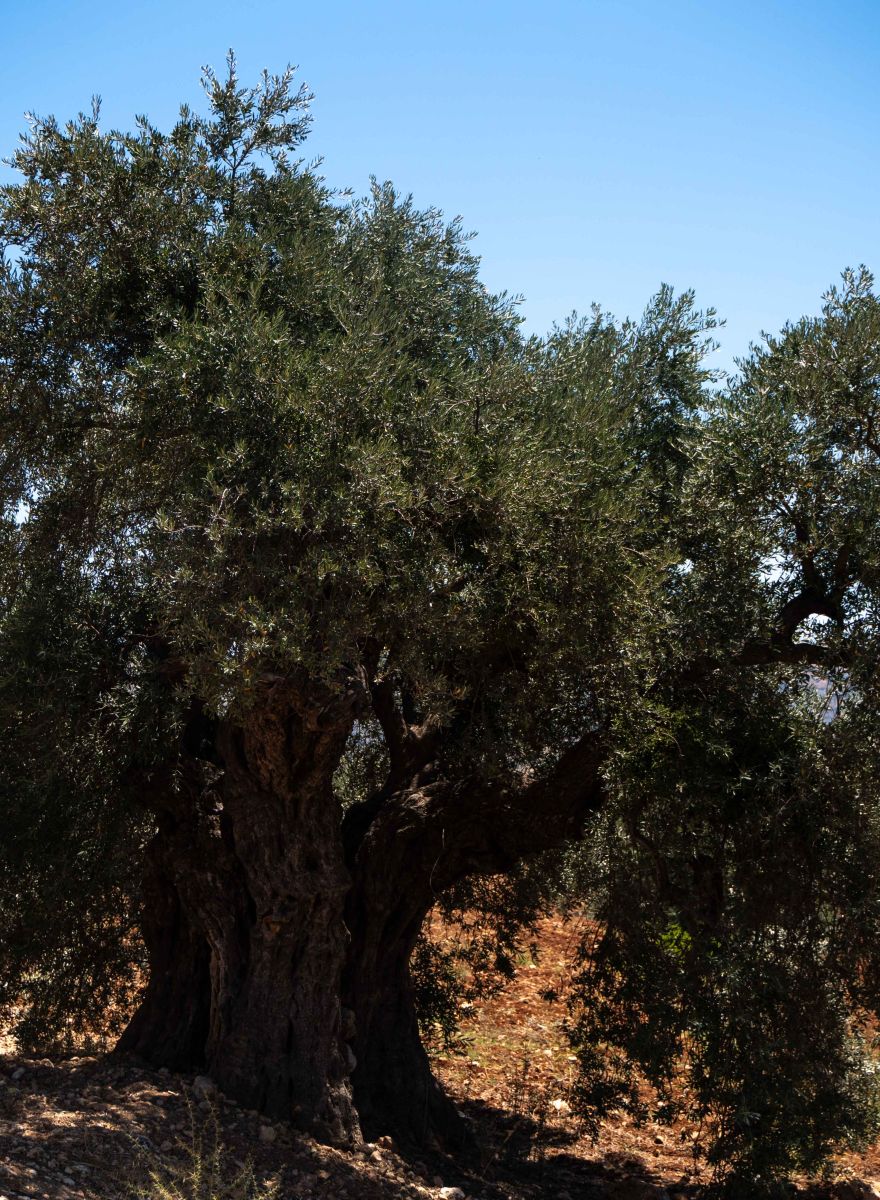
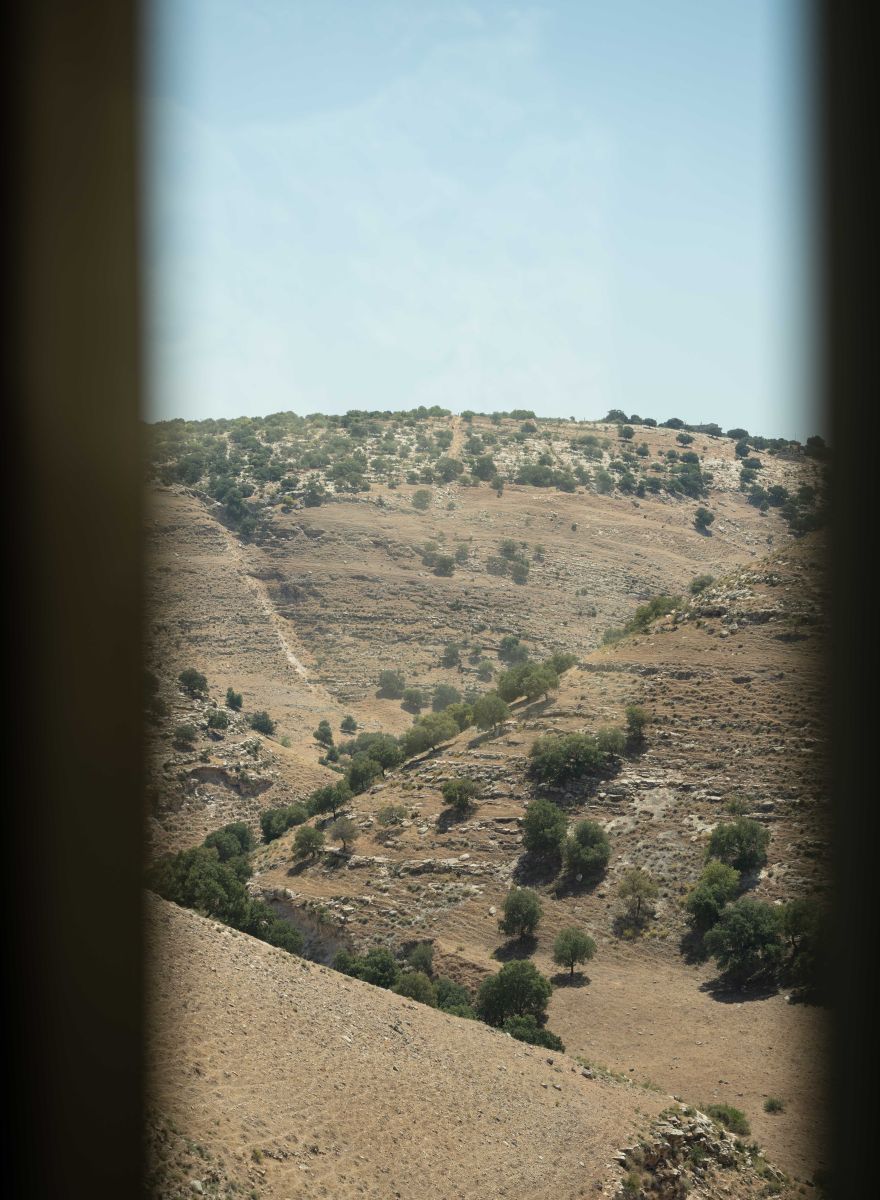
EATING AT GALSOUM'S KITCHEN
Dining in the company of loved ones and enjoying a meal prepared just for you. When you sit at the table with Um Sulaiman and her family in Um Qais, in the far northwest of Jordan, you’ll feel – if only for a moment – far from home, yet at the same time, in your new home. The northern part of Jordan is green, rich in biodiversity, and known for its rich flavors. We step into her home and are welcomed by the delightful scent of the meal baking in the oven. Her specialty, the makmoora, a traditional dish with layers of dough, onions, and chicken. This dish is accompanied by a table full of preparations that delight all our taste buds. In the company of fellow travelers, we savor every bite until we’re satisfied, enjoying the delicious hospitality that fills both our stomachs and hearts.
Travel tip: Planning to visit Jordan and explore the cuisine? You can also take cooking classes there. Her Instagram: @galsoumkitchen
THE OLDEST OLIVE TREES – THE SECRET OF THE MEHRAS
The olive tree is perhaps the most important tree in Jordan, making up 24% of the total tree population and establishing Jordan as a leader in the global olive oil industry. Jordan is also home to the oldest type of olive tree in the world, the Mehras, which can live up to 2,000 years and is the progenitor of all olive trees. Just as family bonds bring people together, these ancient olive trees do the same in each region. Like people, they come with their own unique characteristics.
It’s no surprise that various national initiatives ensure these ancient trees are cared for and preserved for future generations. For centuries, the olive tree has been seen as a symbol of peace, purity, fertility, wisdom, triumph, and power, and Jordanians are deeply socially connected to the olive tree, which is not only rooted in their heritage but also in their food culture. The juicy olives are used for eating, and also processed into the world’s finest olive oils.
NATURAL WINES AND ARAK FROM ABU JAD
When we think of Jordan and other Arab countries, wine doesn’t automatically come to mind. However, winemaking has been practiced in Jordan since Roman times. Perhaps the most well-known producer of Jordanian wines is the larger Jordan River Winery, which was the first winery to produce quality wines from the fertile Jordanian soil. We had the opportunity to sample these extensively during our journey.
Equally unforgettable was our natural wine and arak tasting with Abu Jad (76 years old), who has been practicing artisanal grape growing and winemaking—both for private and local use—since the 1980s on his farm in Ajloun. Together with his children, wife, and neighbors, he has been handpicking the grapes for many years, placing them in large plastic bins on the terrace where they are manually cleaned. Once the bin is full, it is moved to the edge of the terrace where a machine crushes the grapes, with the juice flowing directly into a vat to ferment. Every year, Abu Jad personally decides the type of wine he wants to make and the best time to harvest, which is usually in mid-August.
What Pastis is to France, Sambuca is to Italy, and Ouzo is to Greece, Arak is to Jordan. It’s an aniseed distillate that is consumed before, during, and after meals, typically diluted with water and ice. Arak is made by extracting anise seeds into grape brandy and is considered by many to be one of the first flavored spirits ever created. And we, too, tasted the Arak, crafted in the traditional way by Abu Jad. We enjoyed it thoroughly in the shade of the trees, accompanied by a fantastic lunch made with only the finest, lovingly grown products from his land.
JUST AS FAMILY BONDS BRING PEOPLE TOGETHER, DO THESE ANCIENT OLIVE TREES DO THE SAME IN EACH REGION
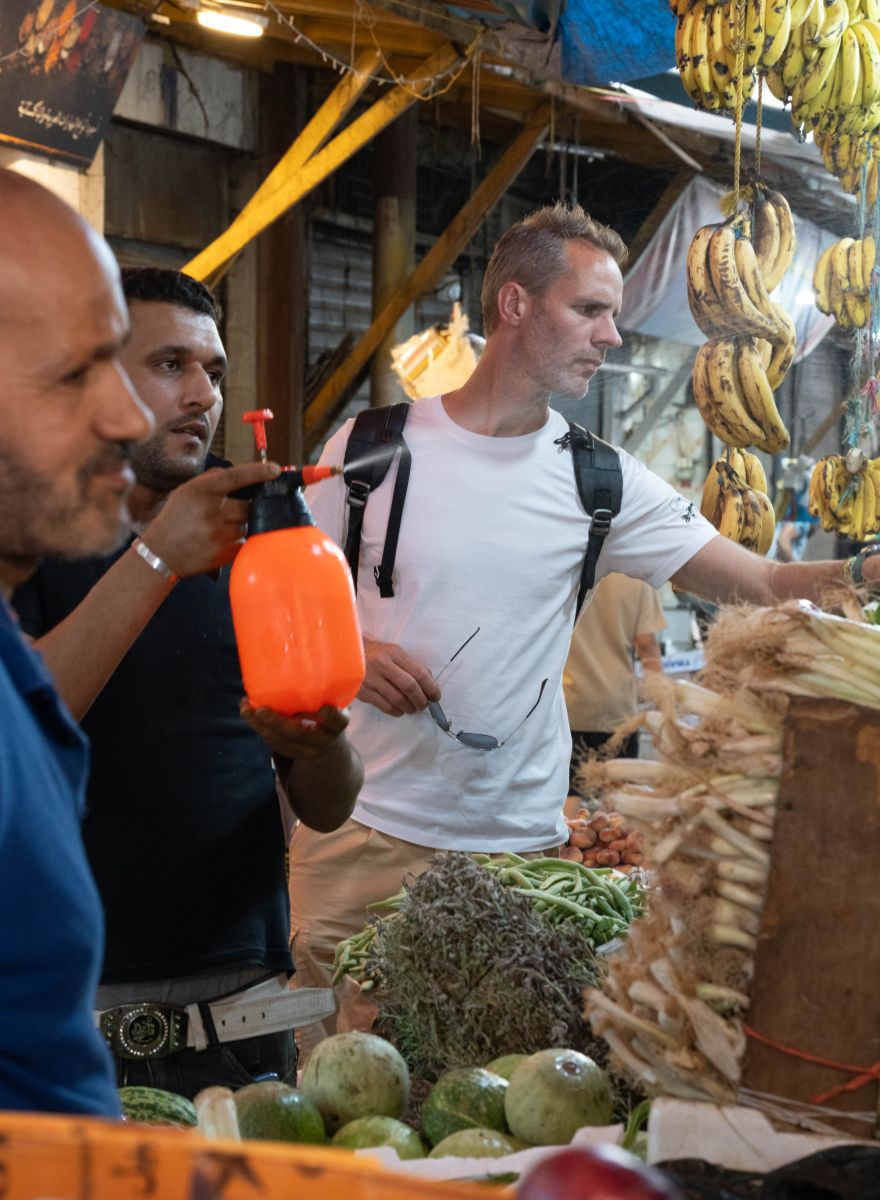
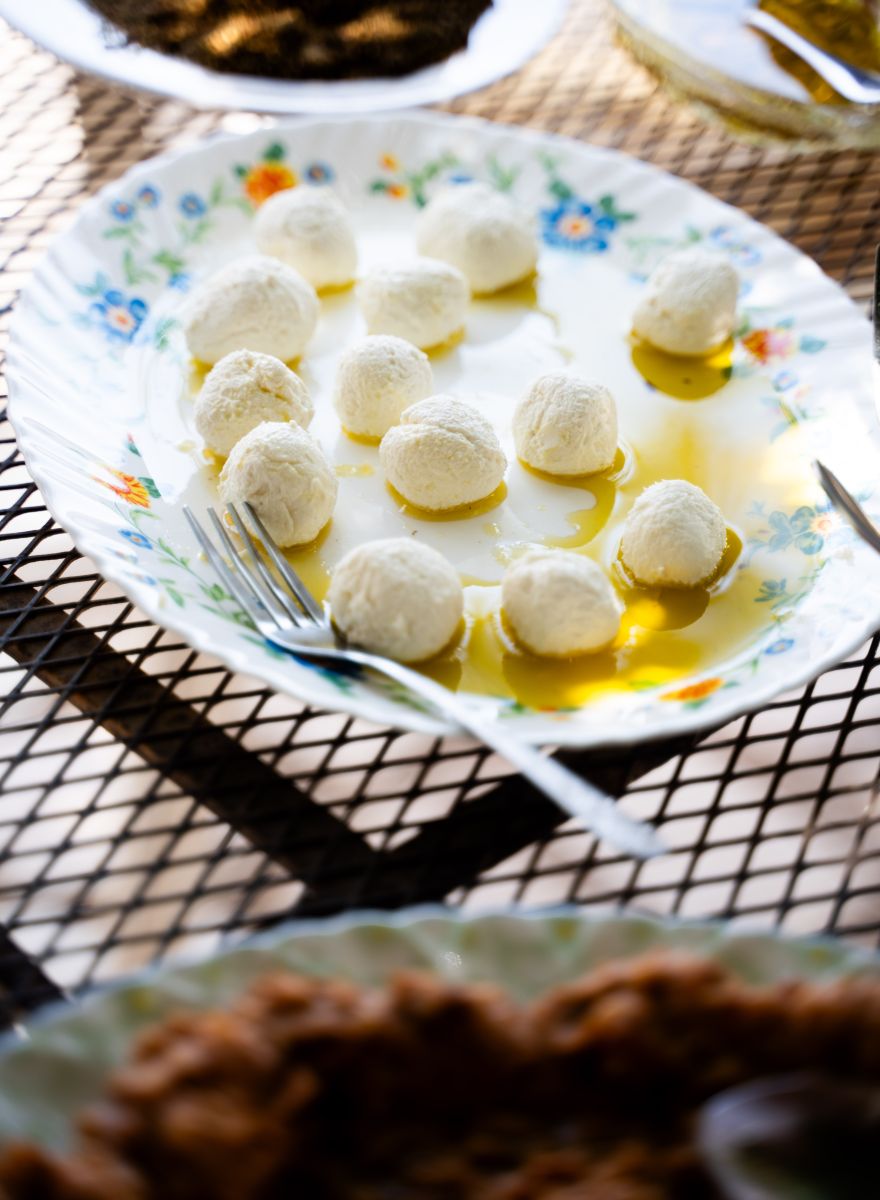
IN JORDAN, WINEMAKING HAS BEEN PRACTICED SINCE ROMAN TIMES.
BOOKAGRI
For an extensive agricultural experience, including activities like collecting eggs, milking and feeding farm animals, and making bread, we were invited to BookAgri, an agritourism provider that works with various farms in Jordan, offering visitors a behind-the-scenes look at an authentic farm.
We were the first to start with the bread, the taboon, a flatbread from Levantine cuisine traditionally baked in a clay oven. A piece of cake for an experienced chef, or is it?
AT THE LOCAL MARKET
After gathering many beautiful impressions and spending a few days tasting the land and culture, it's time for Edwin to reflect on how to combine his Western skills with the traditions of the country and, most importantly, the available products for the dinner the following day.
The best place to get inspired? The local market, the souks, the bustling part of the city in downtown Amman. Narrow alleys where everything imaginable is sold, perfect for wandering and exploring. Beautifully displayed goods, from dates and spices to huge stacks of watermelons, invite you to buy and offer plenty of inspiration..
Are you planning a visit? Bring your camera, because the colors and impressions will undoubtedly pop off your screen!
FROM FARM TO FORK DINNER
And then the final evening in Jordan arrives. It’s time for Edwin and his colleagues to get to work in the kitchen, ending the journey with a climax and welcoming the guests. Edwin was assigned the main course, with the task of incorporating beef from a local (royal) supplier, a challenge he was more than happy to take on.
The setting for the evening is Manara Arts & Culture, with a stunning rooftop that offers a wide view of the city from Weibdeh, a higher district. The elegantly dressed guests are welcomed with a glass of Jordanian sparkling wine before sitting down to enjoy the chefs' masterpieces. A delightful evening that feels like the perfect seal on a beautiful week, a successful project, and a fantastic journey.



